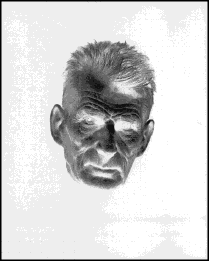 He was a student of early film, and knew well the works of Chaplin, Keaton, René Claire, and Eisenstein (at one point he even offered to work with Eisenstein. What a pairing that would have been, no?) Black-and-white served him well: the sense of his plays is not one of color and light but of sharp contrasts of light and dark.
He was a student of early film, and knew well the works of Chaplin, Keaton, René Claire, and Eisenstein (at one point he even offered to work with Eisenstein. What a pairing that would have been, no?) Black-and-white served him well: the sense of his plays is not one of color and light but of sharp contrasts of light and dark. When he directed his own plays, Knowlson tells us that he was obsessed with gesture, which he believes came from "visual images of the Old Masters." He had an encyclopaedic knowledge of and passion for these paintings, able to remember after years certain details, such as a figure of "a boy urinating against a wall" in Ruisdael's "The Halt."
He was not fond of publicity, and didn't like having his picture taken, but Knowlson makes a good case for his forever doing favors for friends --- doling out money, getting jobs, and permitting them freedom to photograph his craggy "Aztec-eagle" face.
Usually, I'm not too fond of biographies of writers. Those who want to spend their time reading books about Faulkner, Hemingway, Proust or Beckett would be better off, in my view, spending time with the author, not the critic. Richard Elmann's book about Joyce or the recent spate of books about Nabokov are excellent examples of volumes that demean rather than define their subjects.
Images of Beckett may be an exception. Knowlson obviously knew and cared for the playwright and chose not to feed off this friendship during his lifetime. Indeed, there is a touching moment when Knowlson says,
As someone who (to my acute embarrassment) found himself bursting into tears at a dress rehearsal of Footfalls, I find the notion of Beckett as an arid, inhuman formalist extremely difficult to accept.
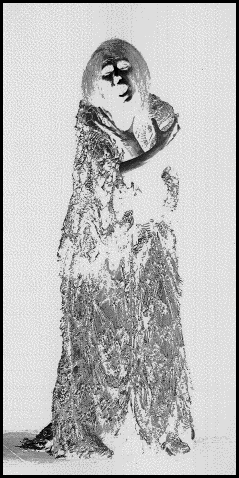 Beckett was a stunning artist, and more's the pity that Knowlson omits discussion of All That Fall, the astonishing radio play first produced by the BBC under the direction of Donald McWhinnie in 1958. Years after the fact, lines from that one are still popping up in my head, and I suspect it is one of the great radio dramas of all time.
Beckett was a stunning artist, and more's the pity that Knowlson omits discussion of All That Fall, the astonishing radio play first produced by the BBC under the direction of Donald McWhinnie in 1958. Years after the fact, lines from that one are still popping up in my head, and I suspect it is one of the great radio dramas of all time.
In his attempt to make Beckett more humane, the author tends to ignore the obsessions that drove Beckett and drove him so fatefully. The actors trying to work with him began to join in his lunacy when they were forced to deal with his microdirection. Too, he was convinced that he had "never truly been born" --- a line that appears in All That Fall. God knows what he meant by that.
This is a worthy volume, fascinating, not heavy-handed, and the pictures from Beckett's various plays, not to say his astonishing face, are a trip.
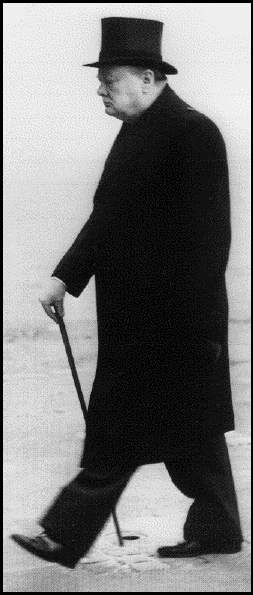
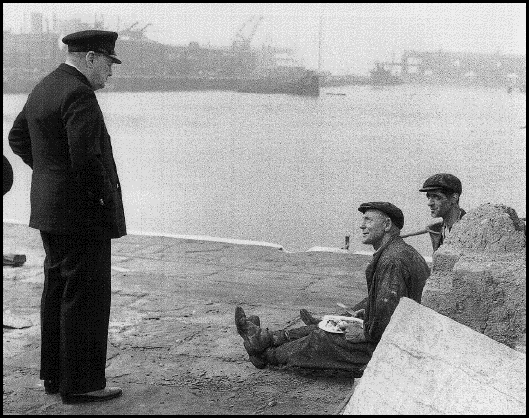
 Beckett was a stunning artist, and more's the pity that Knowlson omits discussion of All That Fall, the astonishing radio play first produced by the BBC under the direction of Donald McWhinnie in 1958. Years after the fact, lines from that one are still popping up in my head, and I suspect it is one of the great radio dramas of all time.
Beckett was a stunning artist, and more's the pity that Knowlson omits discussion of All That Fall, the astonishing radio play first produced by the BBC under the direction of Donald McWhinnie in 1958. Years after the fact, lines from that one are still popping up in my head, and I suspect it is one of the great radio dramas of all time.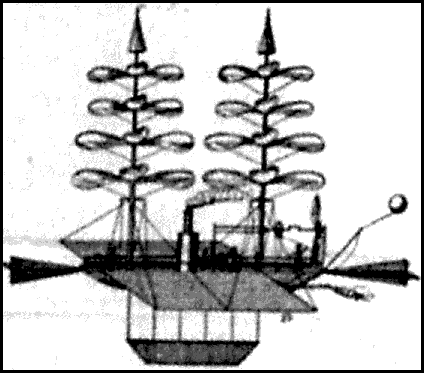
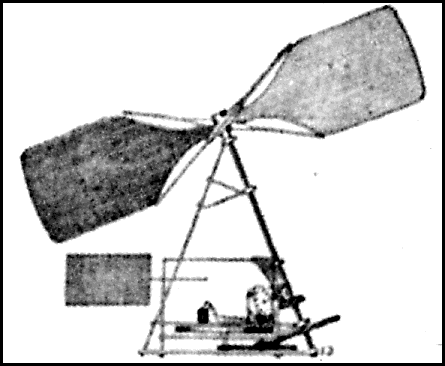 Flying follies don't only belong to the long ago. Northrop produced the XP-79, which resembles a flying wing with yaws. It had "two Westinghouse 19B turbojets of 1150 lbs. thrust each."
Flying follies don't only belong to the long ago. Northrop produced the XP-79, which resembles a flying wing with yaws. It had "two Westinghouse 19B turbojets of 1150 lbs. thrust each." 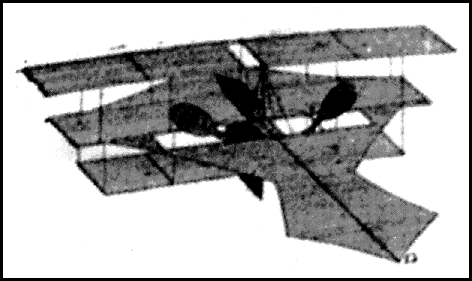 This is fun, and the layout of the book is a dream: huge photographs, all the facts you need. There are some ominous turkeys towards the end, including, gasp, the Convair X-6 which would cruise, said the Aircraft Nuclear Propulsion people, by means of a contained nuclear reactor.
This is fun, and the layout of the book is a dream: huge photographs, all the facts you need. There are some ominous turkeys towards the end, including, gasp, the Convair X-6 which would cruise, said the Aircraft Nuclear Propulsion people, by means of a contained nuclear reactor.